Price and quality. Across the ages, these have remained the top considerations for customers when it came to making a buying decision. But, the modern customer considers one more factor before deciding to commit themselves to a purchase. Guess what?
It is a customer experience.
This is the era of customer experience. A Walker study (opt-in required) found that by the end of 2020, customer experience will overtake price and product as the key brand differentiator. And we all know the role that customer experience plays in current and future conversions.
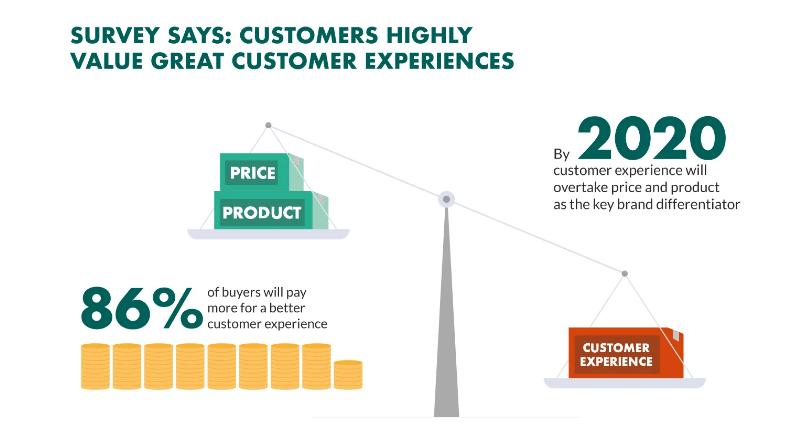
You don’t need any more proof to understand that poor customer experience can chase your customers away. Great customer experience, even if it demands a slightly higher price will make even customers on a fence to make a purchase. In short, great customer experience can tune up the conversion rate for your business.
Now there lies the challenge. How to provide a great customer experience that will increase conversions? Especially in this digitally transformed world, where a large chunk of transactions happens online, without direct customer interactions or conversations.
Turns out there are a lot of options available for those who are determined to deliver great customer experience.
Let us look at some such options.
1. Map out a customer journey
“A journey of a thousand miles begins with a single step.” This is a popular Chinese proverb. If you think about it, a customer’s journey is also a long one. The path from awareness through consideration, decision, and finally the moments of delight does not happen instantly. Your customers might be working from home or experiencing changes to their business models, and you will want to empathize with these new economic realities.
At each stage of the customer journey, the customer interacts with your brand in several ways. They consume content of various formats, diverse messaging and come to an understanding about your business, what benefits it provides, and whether to buy it or not. A well-crafted customer journey makes it easy for the customer to reach the last stage of their journey quickly.
The journey to maximizing conversions begins with mapping out your customer journey. It will tell you the various mediums through which customers find you and how they are planning to buy from you.
To develop a well-rounded customer journey, you should forecast the various junctures at which customers will stop, look for information, and how they will proceed. It will help you understand where customers bounce from your site and how to reduce that. By integrating great customer experiences at each stage of the journey will induce your customers to make a quick buying decision.
2. Offer adequate trial periods
A prior trial before the actual purchase is something that SaaS companies made popular. Of course, we are all used to walking into trial rooms in malls as well.
A trial makes things easy for the customer to arrive at a decision. It puts them in the driver seat, allows them to take the product or service for a trial and see how it can suit them.
In fact, nearly 75% of SaaS companies offer a free trial. The conversions that come out of such trials are also healthy since customers are able to make well-informed decisions.
But, there is one thing about trials that turns off (most) customers. They are too short and do not give enough time to get a good feel of the product.
So, how long should the trial period be?
The abstract answer: It should be long enough to facilitate the customer to make a decision, short enough to create a sense of urgency.
It could be a 7-day, 14-day, 21-day, or a whole month free trial. What determines the length of your trial period is the nature of your product and its complexity.
Studies conducted by MadKudu have found that the most conversions happen at the 14th-day threshold.
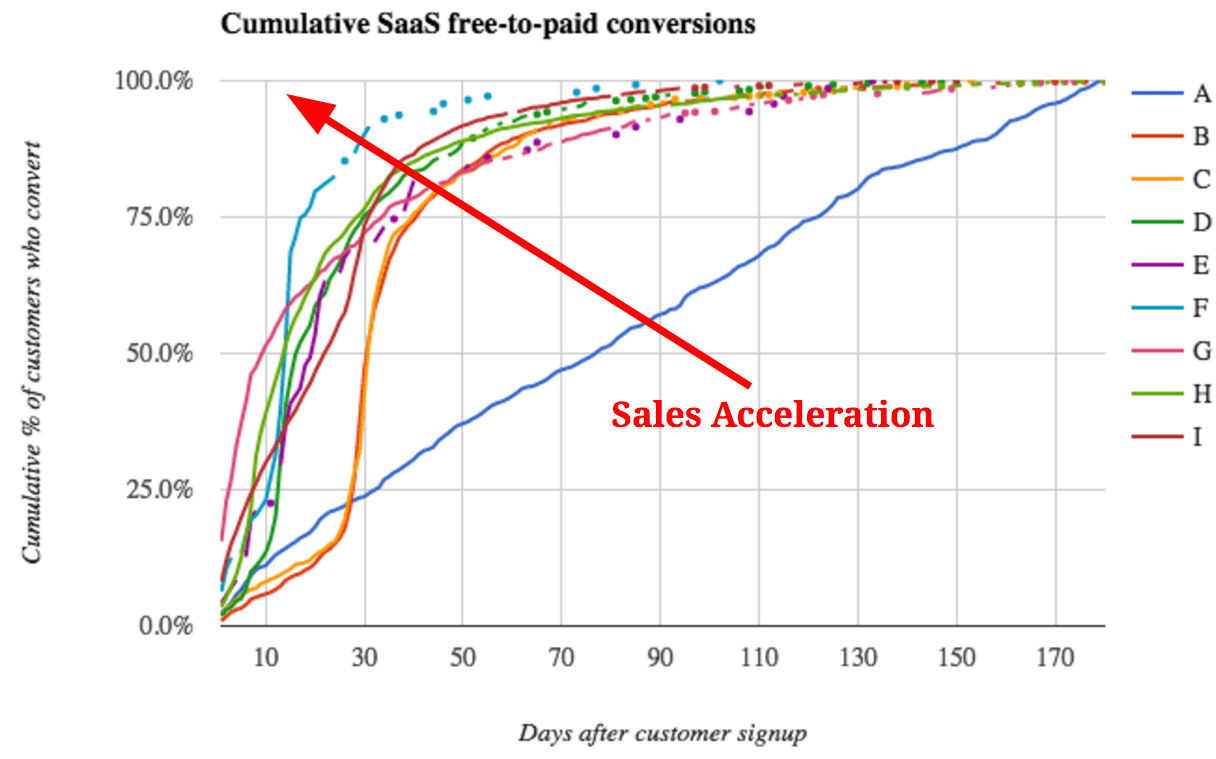
Does your product or service offer at least a 14-day trial period? Maybe it is time to rethink your trial period strategy.
Darshan Somashekar, who runs scrabble word finding site Unscrambled Words, suggests testing. “Every product and demographic is unique, and there is no right answer to know how long a free trial should be. Try running an AB test to see what drives the most overall conversions. We did this with our premium word finding service, and found that a 3 day trial performed better than a 7 day trial.”
3. Offer self-service by default (Chatbots & FAQs)
No matter which part of the world they are from, what age group belongs to, or for that matter their social strata — your customers will perpetually be short of time. They will be impatient and will want everything done and served instantly. Including customer service.
So, when they want to find the answer to a query or solve an issue that they are facing, their first choice would naturally be self-service. Self-service includes:
- Chatbots on a website
- A knowledge base containing FAQs, or
- A telephone IVR that fetches real-time information.
Self-service can be defined as the tools and resources that a business offers to its customers to enable them to find answers or remedies to the questions or issues that they are facing.
Is self-service overrated? Definitely not. Self-services paves the way for a positive customer experience.
According to Zendesk, 67% of customers prefer self-service over speaking to a company representative. Also, 75% of customers find self-service to be a convenient way to resolve issues.
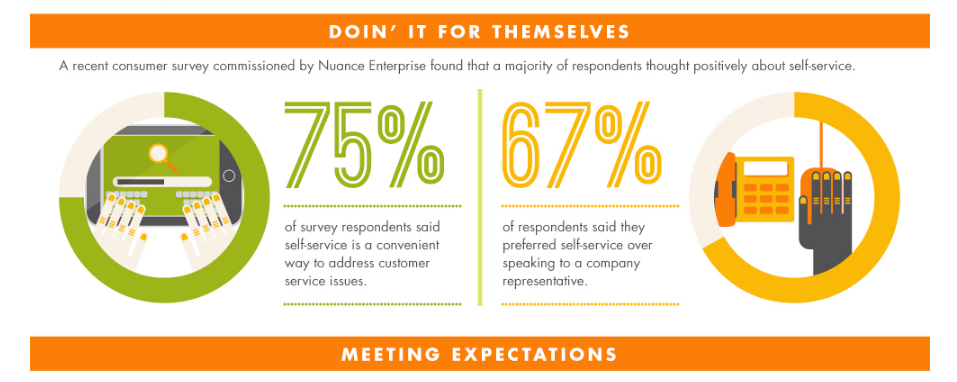
How does self-service aid in increasing conversions?
Self-service makes a customer feel empowered to solve problems on their own. Tools like chatbots create the impression that help is easily available and does not demand much effort. The cumulative effect of these experiences is that customers would want to stay loyal to the brand and buy more from it.
4. Predictive personalization
Have you noticed how Amazon and Netflix manage to showcase the exact products or shows that match your preferences? Quite often, these suggestions are so accurate even if you have not set your preferences. They have such a strong recommendation model that they can literally chart your preferences accurately based on your previous shopping or watch history.
Predictive personalization is what enables them to deliver a granular level of personalized customer experience. To understand customer preferences, Artificial intelligence is used to power the Recommendation Engine. The recommendations are further refined with the help of A/B tests. Amazon does this by collating the shopping behavior of similar customers and showcasing them as product suggestions.
This predictive personalization not only makes the customer feel like they are served with personalized suggestions but also increase conversions.
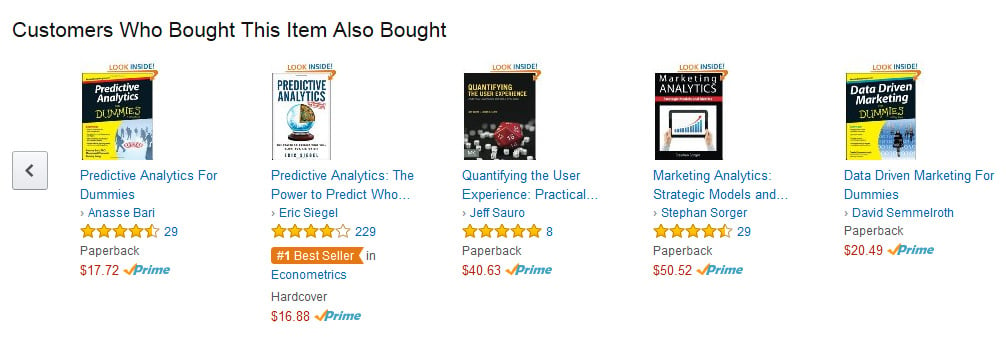
5. Rewarding Loyalty
Daymon Worldwide found in its study that more than 29% of millennial customers buy from the same brand. That disproves the widely known myth that millennial customers do not have brand loyalty.
However, such loyalty does not come easily. The erstwhile values of price and quality is still a priority. In addition to that, as part of the customer experience expectations, customers also expect brands to value and reward their loyalty.
The expectation for loyalty rewards is so intense that even everyday small purchases like a Starbucks coffee are to be rewarded.
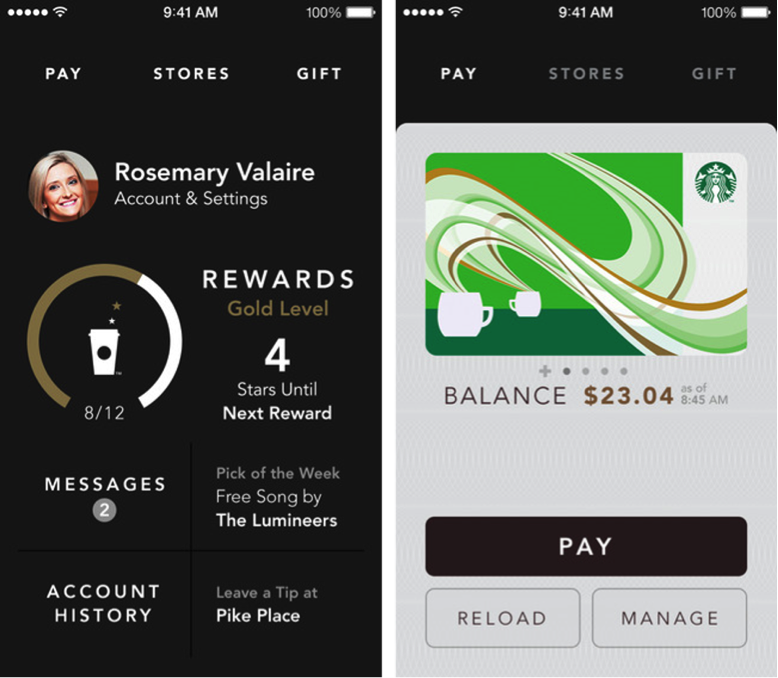
What role do loyalty programs play in rendering customer experience?
- They show that their relationship has actual tangible value
- It indicates that the business is serious about having a long-term relationship with the customer
- Finally, the business does not want the customer to consider moving out of their current relationship
From the business perspective, it is the best bet to extend the customer lifetime value (CLTV) without it is economical compared to the cost required to acquire new customers.
Customer experience: The trump card that converts customers
Let’s circle back to the beginning. Price and quality used to be the top factors that influence customer decisions. Today, customer experience has also entered the priorities list and established a presence in a strong fashion.
In fact, not far from today, customer experience will become a differentiator for customers. But, in a virtual environment where sales reps do not face customers and customers do not check out products physically, how can a great customer experience be delivered?
There are several ways of doing it. Global brands like Apple, Zappos, Amazon, Netflix, etc. have already shown us the way. While it is not possible to imitate everything that the bigwigs do, there are a couple of strategies that small players can emulate.
Four such strategies in specific are mapping out the customer journey, offering adequate trial periods, offering self-service, and finally predictive personalization.
Do you use these strategies? Or are there any other strategies that you think should make it to this list? Let us know.



